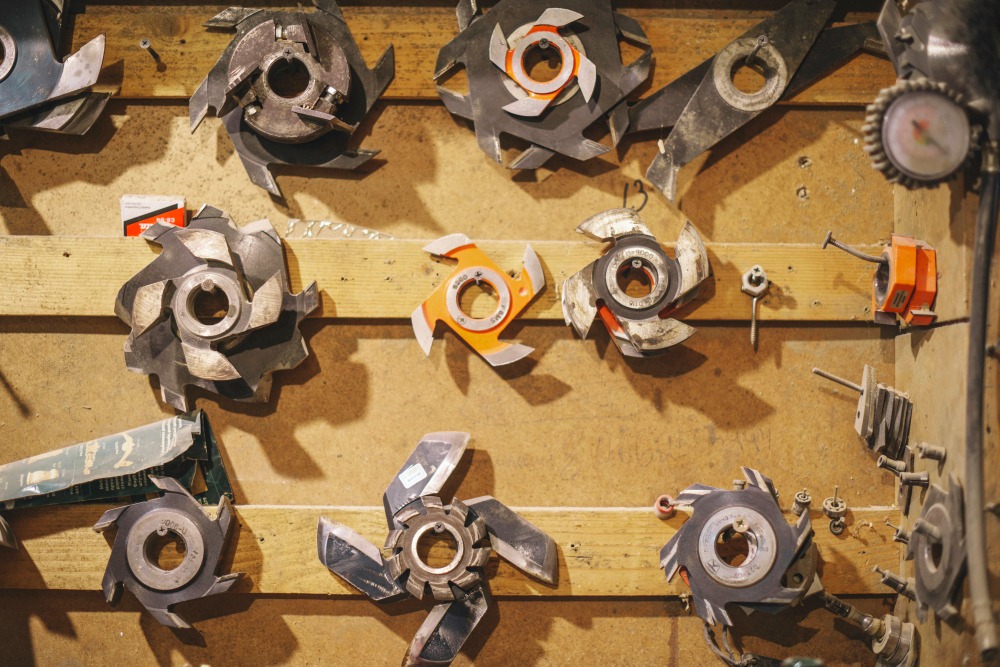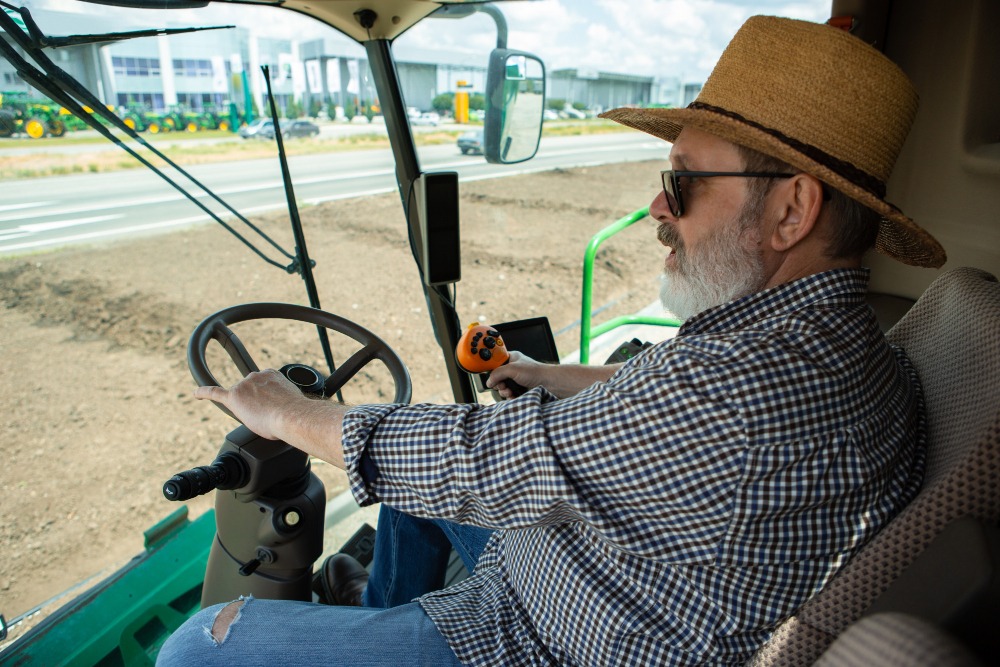Tractor are the backbone of modern agriculture, essential for plowing fields, planting crops, and maintaining large plots of land. But to keep these powerful machines running smoothly, understanding their parts is crucial. Whether you’re a seasoned farmer or a newbie, having a firm grasp of tractor parts can save you time, money, and a lot of headaches. So, let’s dive into the nitty-gritty of tractor parts.
The Basics of Tractor Parts

Engine Components
The heart of your tractor, the engine, is where the magic happens. Understanding its components is key to keeping your tractor in top shape.
- Cylinders: These are where fuel combustion occurs, generating the power needed to move your tractor.
- Pistons: They move up and down within the cylinders, converting fuel into mechanical energy.
- Fuel Injection System: This ensures that fuel is delivered to the engine in precise amounts, optimizing performance and efficiency.
Transmission System
The transmission system transfers power from the engine to the wheels, allowing the tractor to move and operate implements.
- Gearbox: This component allows the operator to adjust the speed and torque of the tractor.
- Clutch: It engages and disengages the power from the engine to the transmission, enabling smooth gear changes.
- Differentials: These allow the wheels to rotate at different speeds, essential for turning and maneuvering.
Essential Tractor Parts
Tires and Wheels
Tires are your tractor’s contact point with the ground, playing a critical role in traction and stability.
- Types of Tires: From agricultural to industrial tires, choosing the right type is crucial based on your tasks.
- Importance of Proper Tires: Well-maintained tires ensure safety, efficiency, and longevity of your tractor.
Hydraulics
Hydraulic systems power various tractor attachments, making tasks easier and more efficient.
- Hydraulic Pump: It moves hydraulic fluid to different parts of the tractor, enabling movement and operation of implements.
- Hydraulic Cylinder: Converts hydraulic power into mechanical power, essential for lifting and moving attachments.
Electrical System
A reliable electrical system is vital for starting your tractor and operating various components.
- Battery: Provides the necessary power to start the engine and run electrical components.
- Alternator: Keeps the battery charged and powers electrical systems while the engine is running.
Steering and Braking Systems

Steering Mechanism
Effective steering is crucial for maneuvering your tractor with precision.
- Power Steering: Makes steering easier and less physically demanding, especially in large tractors.
- Manual Steering: While simpler, it requires more effort from the operator.
Braking Components
Reliable brakes are essential for safety and control.
- Disc Brakes: Offer superior stopping power and are more durable.
- Drum Brakes: Common in older models, effective but require more maintenance.
Attachments and Implements
Tractor attachments expand the versatility of your machine, making it a true workhorse.
- Front-End Loaders: Great for lifting and moving materials like dirt, gravel, and hay.
- Backhoes: Ideal for digging and excavation tasks.
- Mowers: Perfect for maintaining fields and large grassy areas.
Maintenance Tips for Tractor Parts
Regular maintenance ensures your tractor remains reliable and efficient.
- Regular Inspection: Routine checks can catch issues early, preventing costly repairs.
- Cleaning and Lubrication: Keeping parts clean and well-lubricated reduces wear and extends their lifespan.
- Replacing Worn-Out Parts: Timely replacement of parts like belts, filters, and hoses is crucial for avoiding breakdowns.
Common Issues with Tractor Parts
Engine Problems
Engine troubles can bring your tractor to a halt. Recognizing symptoms early can save you from major repairs.
- Overheating: Often caused by a clogged radiator or low coolant levels.
- Oil Leaks: Can be due to worn-out gaskets or seals.
Transmission Issues
Transmission problems can affect your tractor’s performance and efficiency.
- Gear Slippage: Indicates worn-out gears or low transmission fluid.
- Clutch Problems: Difficulty in shifting gears or slipping could mean a failing clutch.
Choosing the Right Tractor Parts
Selecting the correct parts is crucial for performance and longevity.
- OEM vs. Aftermarket Parts: OEM parts are made by the tractor manufacturer, ensuring compatibility and quality. Aftermarket parts are often cheaper but can vary in quality.
- Compatibility Considerations: Always check if the parts are compatible with your tractor model to avoid issues.
- Where to Buy Tractor Parts: Reputable dealers, online stores, and local tractor supply shops are good sources.
Advanced Tractor Technologies
Modern technology is transforming tractors, making them smarter and more efficient.
- GPS and Precision Farming: These technologies allow for accurate planting, spraying, and harvesting, improving yield and reducing waste.
- Autonomous Tractors: The future of farming, these self-driving tractors can work around the clock without human intervention.
Conclusion
Understanding your tractor parts is not just for mechanics—it’s essential knowledge for every tractor owner. Regular maintenance, timely repairs, and choosing the right parts can keep your tractor running smoothly for years. Stay informed, stay prepared, and keep your tractor in top shape.
Video
FAQs
- How often should I replace tractor tires?
- Tire replacement depends on usage and wear. Typically, inspect your tires annually and replace them when tread depth is low or if there are visible damages.
- What are the signs of a failing hydraulic pump?
- Common signs include slow operation of hydraulic implements, strange noises, and hydraulic fluid leaks.
- Can I use car batteries in my tractor?
- While it might be possible, it’s not recommended. Tractor batteries are designed to withstand harsher conditions and provide more consistent power.
- How do I know if my tractor’s clutch needs replacement?
- Difficulty in shifting gears, a slipping clutch, and unusual noises when engaging the clutch are signs that it might need replacement.
- Where can I find genuine tractor parts?
- Genuine parts can be sourced from authorized dealers, online marketplaces, and specialized tractor parts suppliers.





